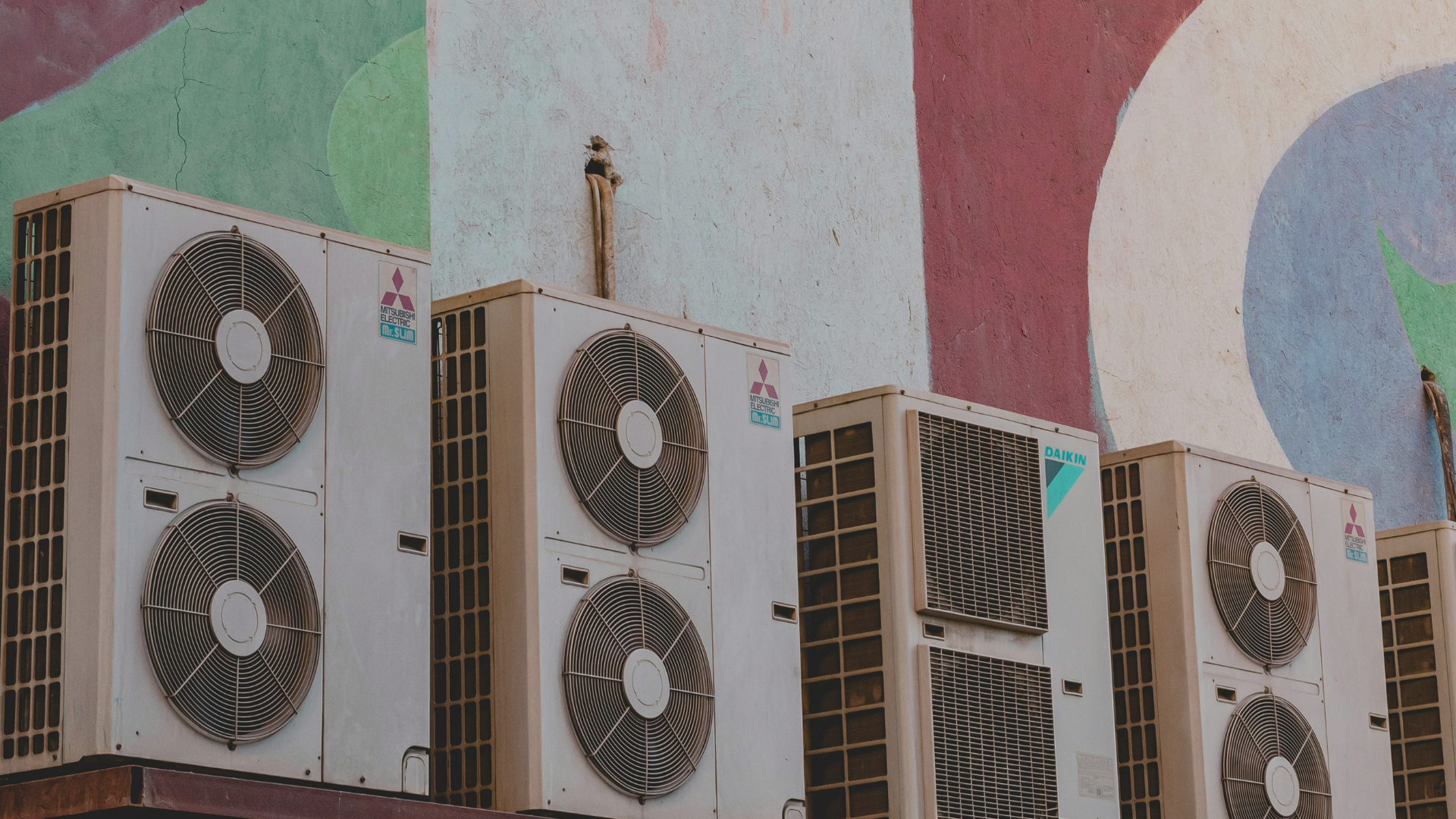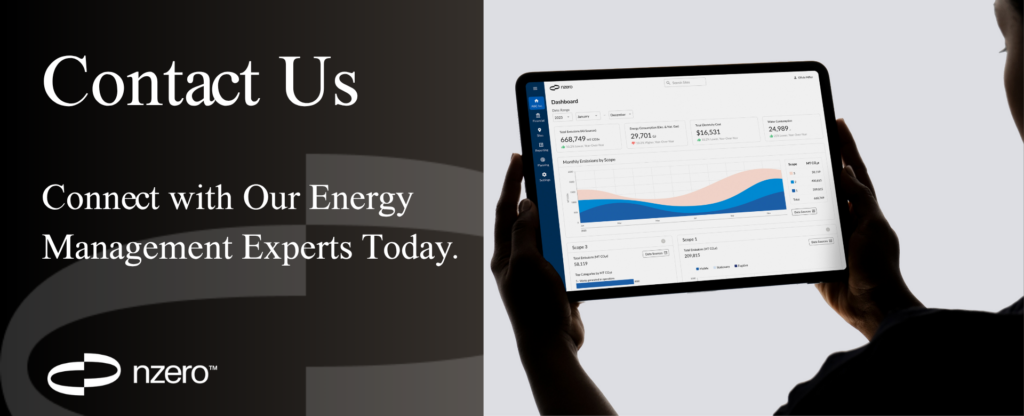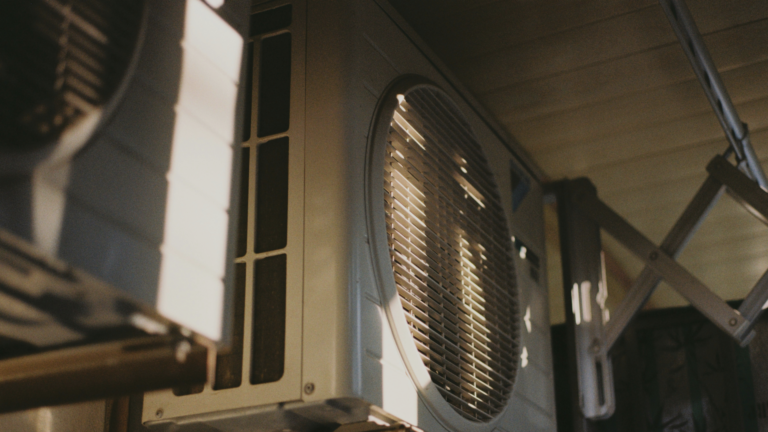How Energy Management Supports Universities Net Zero Goals
- Topics :
- Energy

Electrification is transforming the way buildings operate across the United States. Once seen as a niche solution for mild weather, heat pumps have evolved into one of the most promising technologies for reducing energy use and emissions in commercial properties. With modern equipment capable of operating well below freezing, experts say the remaining barriers are not technical but structural. Workforce training, retrofit readiness, utility coordination, and public understanding will decide how quickly heat pumps become the standard for heating and cooling.
The Electrification Shift in Building Systems
Across the country, states are advancing electrification requirements to curb building emissions and stabilize long-term energy costs. New York, for example, will require new buildings to use electric heating by 2026 and existing buildings to convert by 2030. Similar efforts are underway in California, Washington, and Massachusetts. Utilities have also begun shaping incentive programs that make electric heating more affordable for commercial customers. These programs align with federal initiatives like the Inflation Reduction Act and the Department of Energy’s (DOE) focus on low-carbon building technologies. Many retrofit projects are now using these incentives to replace aging HVAC systems with efficient electric alternatives. Together, they signal that electrification is not a short-term trend but a core strategy for modern infrastructure planning.
The New Heat Pump Standard
Technological progress has eliminated many of the concerns that once slowed adoption. Variable-speed compressors and variable refrigerant flow systems allow heat pumps to maintain performance in temperatures below zero Fahrenheit. According to the DOE’s Commercial Building Heat Pump Accelerator, fewer than 15 percent of U.S. commercial buildings currently use heat pumps, but that number is expected to grow rapidly as new products reach the market through 2027. The DOE’s research on reducing applied losses in cold climates highlights how system optimization and refrigerant design are improving efficiency even in extreme weather. Ian Shapiro of Syracuse University told Facilities Dive that today’s systems can efficiently heat any building in the country. In his words, the era of worrying about cold-weather performance is over. Retrofitting existing buildings with these newer systems has become a practical path toward both efficiency and compliance with state-level carbon goals.

Skills for the New HVAC Era
Even as equipment improves, workforce readiness has become a pressing issue. Shapiro emphasizes that many contractors and facility managers lack experience with electric systems, especially those involving refrigerants and advanced controls. To address this, Syracuse University developed a DOE-supported energy audit and heat pump training program that combines classroom learning with fieldwork. The goal is to prepare technicians to identify inefficiencies and optimize system design and installation. Facility managers, in particular, play a critical role. As Shapiro noted, understanding both the strengths and limitations of heat pumps is now an essential skill for anyone managing large buildings. Those who invest in upskilling will be better positioned as the market continues to shift toward electrification and more retrofit opportunities.
Utilities as Catalysts for Adoption
Utilities are also emerging as key players in the heat pump transition. By offering rebates, technical support, and demand management programs, they can accelerate adoption while improving grid reliability. As covered by Facilities Dive, energy efficiency measures and new cooling technologies are driving growth in companies like Johnson Controls, which supply large-scale heat pump and HVAC systems to data centers and commercial facilities. Smart, connected heat pumps also provide utilities with new tools for balancing electricity demand. Through demand response programs, these systems can adjust operation based on grid conditions, reducing peak load and improving energy resilience. In the coming years, coordination between utilities, manufacturers, and training institutions will be central to achieving widespread deployment.
Conclusion
The evolution of heat pump technology marks a major milestone in the shift toward cleaner, smarter, and more efficient buildings. Cold-weather performance is no longer a limitation, and cost incentives are aligning with climate goals. What remains is the human element. Expanding technical training, supporting retrofit programs, and deepening collaboration with utilities will determine how fast the transition happens. The next generation of heat pumps will serve not only as efficient HVAC systems but as vital components of a more flexible and sustainable energy future.
Reference
- Facilities Dive: Heat pumps have bright future, expert says
- U.S. Department of Energy: Reducing Applied Losses in Heat Pumps for Cold Climates









